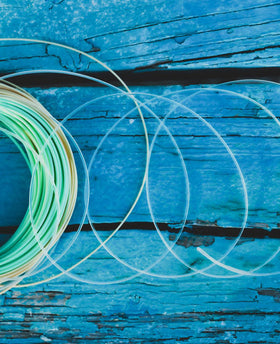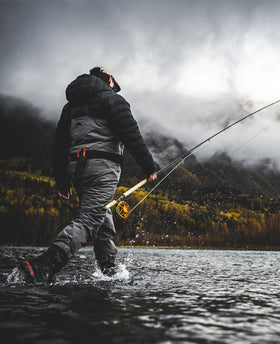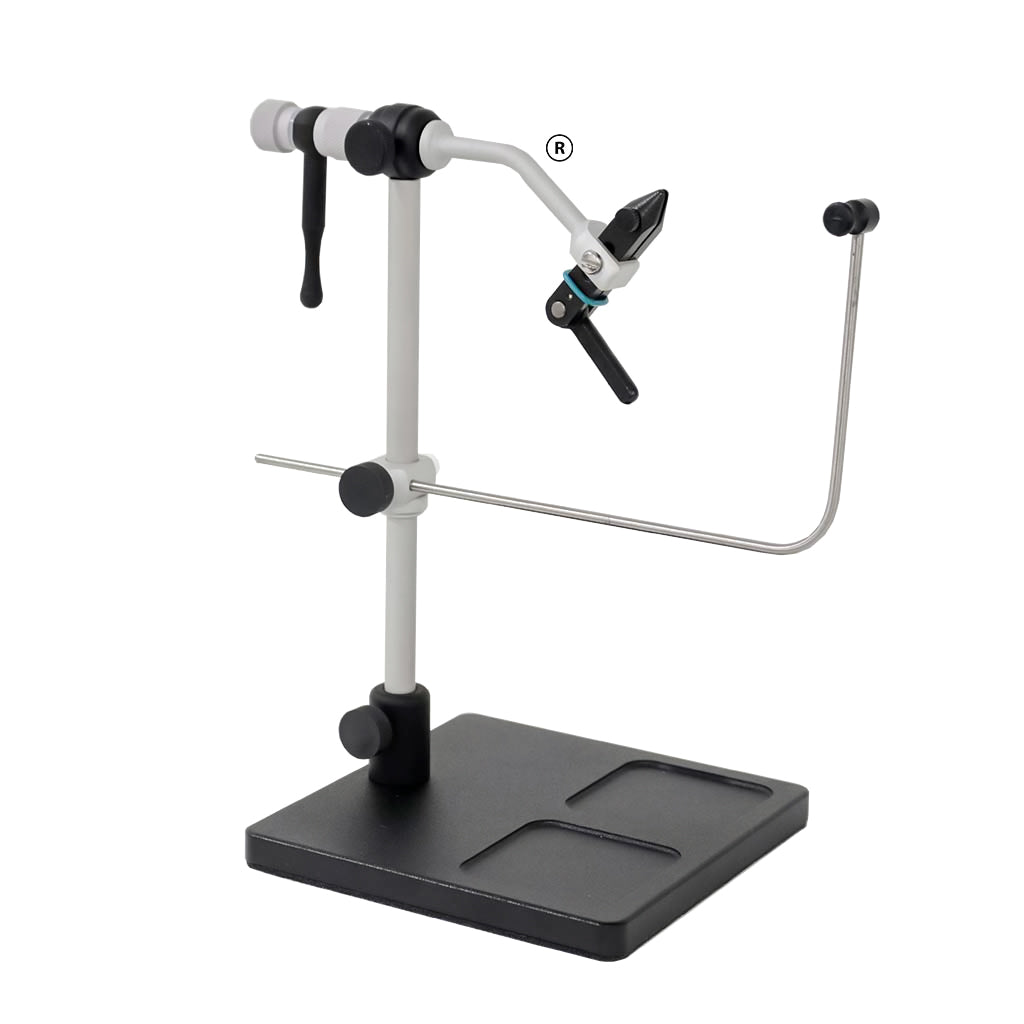Fly Tying
Our fly tying collection is designed to enhance your fly fishing experience. We offer high-quality materials and tools from trustworthy suppliers. We have it all, including feathers, fur, threads, hooks, and tools such as scissors, bobbins, vise grips, and whip finishers. With our commitment to excellence, you can trust that you're receiving the finest materials and tools available. Discover our collection today and unleash your creativity on the water. Check out our Fly Tying Guide Below.








